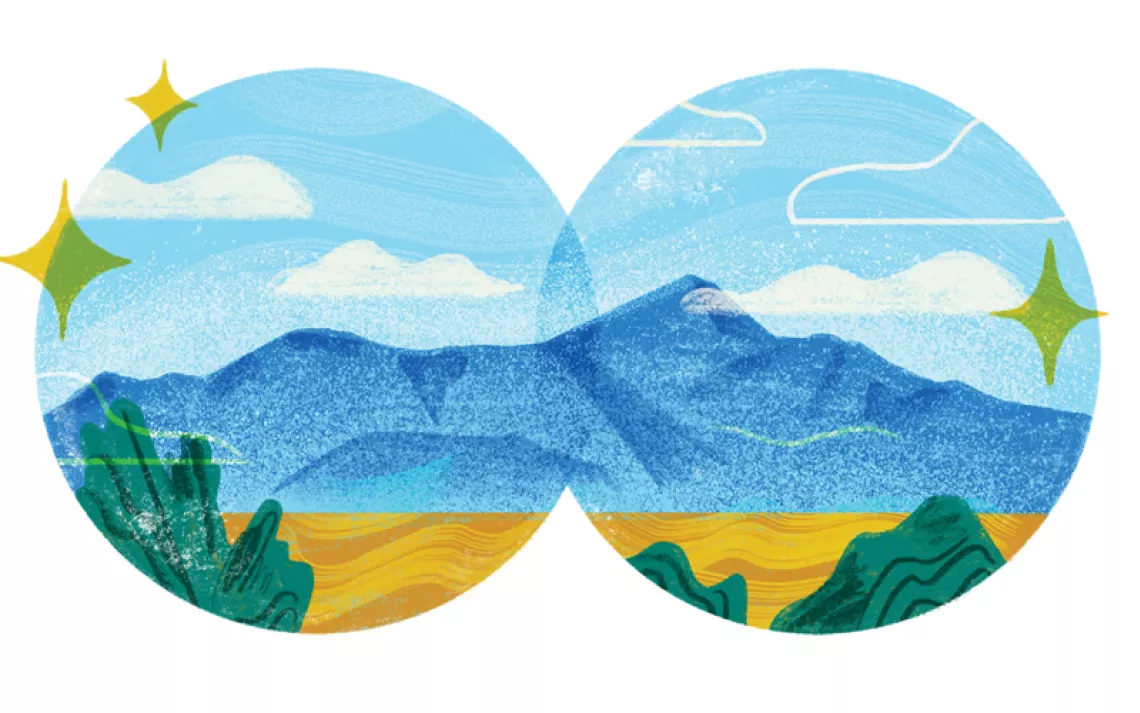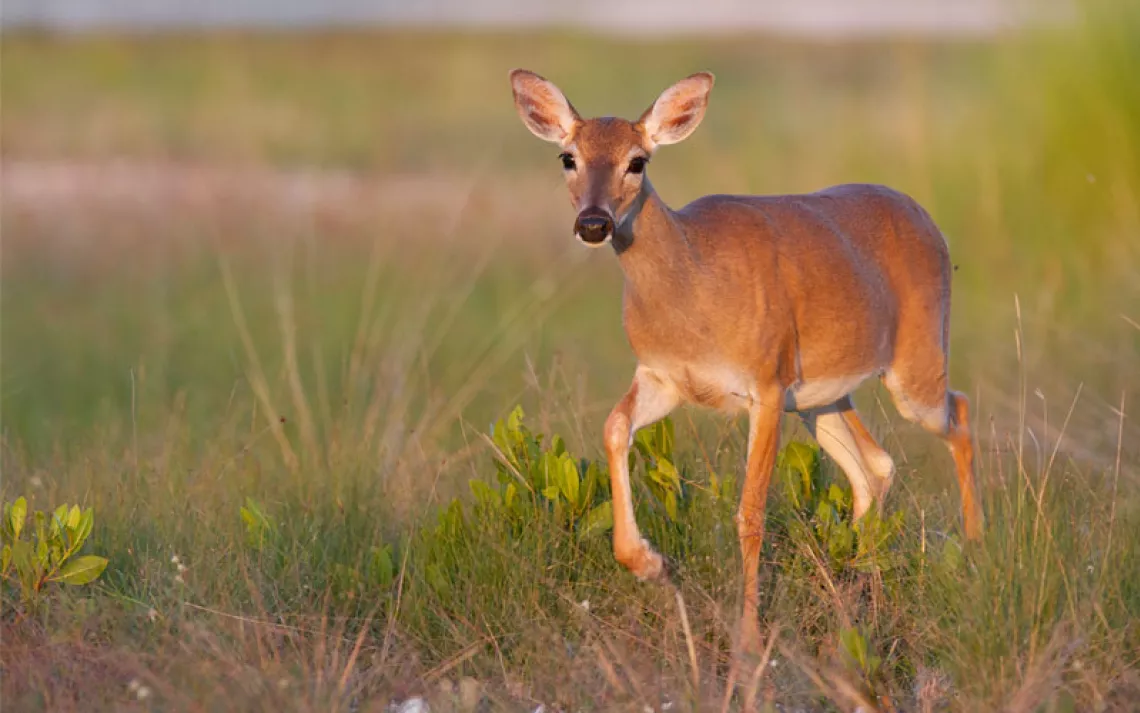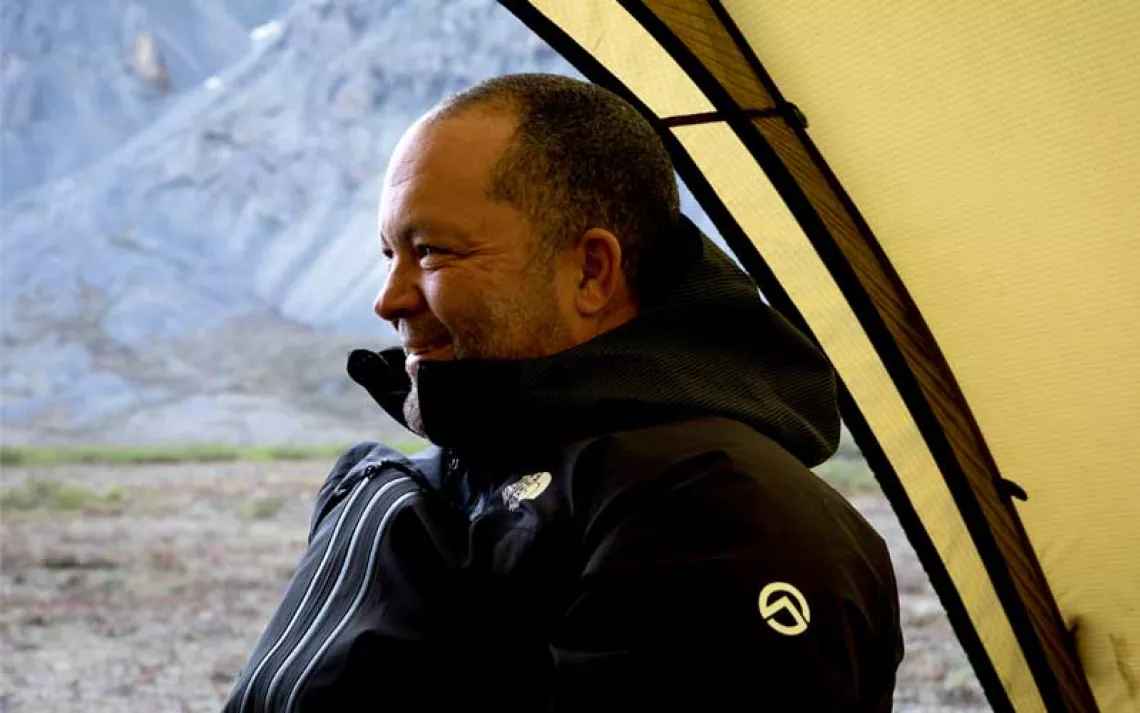Grizzlies of Pilgrim Creek
A stunning look at Greater Yellowstone's iconic grizzly bears
Photographs by Thomas D. Mangelsen
Once at the edge of extinction, grizzly bear populations have been gradually increasing in the United States since the enactment of the Endangered Species Act. According to the National Park Service, there were only 136 bears in the Greater Yellowstone area when the species was granted protection in 1975. By 2014, that number had risen to a rough estimate of 674 to 839. The fate of the grizzly in the lower 48 remains tenuous as the great predators resettle territories alongside human neighbors.
Globally acclaimed wildlife photographer Thomas D. Mangelsen and journalist Todd Wilkinson’s new photobook, Grizzlies of Pilgrim Creek, documents ten years in the life of the park’s most famous bear matriarch. Bear 399, as field researchers dubbed her in 2001, has given a photogenic face to the Grizzly Bear Recovery Program in Yellowstone. Noted first by researchers for her survival skills and success in providing for her cubs, she soon gained international notoriety for her tendency to calmly amble across park roads.
Over 230 pages of stunning photographs give the reader an intimate portrait of a predator and mother in the wild, succeeding despite the odds. Accompanying the pictures is Wilkinson’s detailed history of the Greater Yellowstone area’s Grizzly population, including their tumultuous relationship with nearby humans.
Although they are protected by federal law, the bears must tread a fine line in their encounters with civilization. Individuals that show nuisance behavior or eat livestock can be euthanized, and bears die yearly when they are attracted to elk hunters' fresh kills and subsequently shot at. According to Wilkinson, 399 displays the perfect balance of tolerance and wariness.
“399 is emblematic of the smart and savvy bear mother navigating the roadside, not because she loves it, but because that’s where there’s food,” Wilkinson told Sierra by phone. “And she’s avoiding the areas where the boars [male bears] could be a threat to her cubs.” 399’s clever exploitation of the resource-rich areas alongside roads not only keeps her and her offspring safe and well fed, it provides visitors an easy chance to spot the iconic species.
While some bear managers within the parks are wary of individuals becoming habituated to people, Mangelsen—a 35 year Wyoming resident who literally shares his backyard with grizzlies—sees 399’s behavior as crucial to the species’ survival.
“I think it’s really great to have these kinds of bears that are tolerant of people and that people can actually see, and observe from a safe distance,” said Mangelsen, also reached by phone. “I don’t know how many people have told me, ‘This has made my whole vacation, this has made our whole trip worthwhile.'”
With Fish & Wildlife officials expected to announce their intent to remove the grizzly from the Endangered Species list late this Fall, the authors’ passion project is a timely ode to the majesty of this imperiled species.
If the delisting passes, 399 may soon have a target on her back. A number of hunting licenses will be available, and for a mere $650 one of America’s few grizzlies could become a stuffed trophy, and millions of tourist dollars could be lost.
“This is why we have laws like the United States Endangered species act on the books, we get to enjoy incredible animals like 399 and her cubs. She takes the abstract concept of protecting animals in the wild and makes it tangible,” said Wilkinson. “It’s bears like 399 that allow us to be better stakeholders in their future.”
To enjoy more gorgeous photos and learn about the plight of the grizzles, click here.
Follow Sierra on Facebook, Twitter, Pinterest, Instagram, and YouTube.
 The Magazine of The Sierra Club
The Magazine of The Sierra Club










